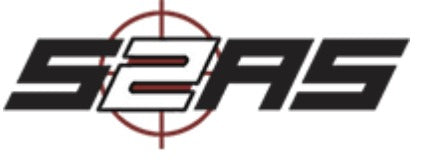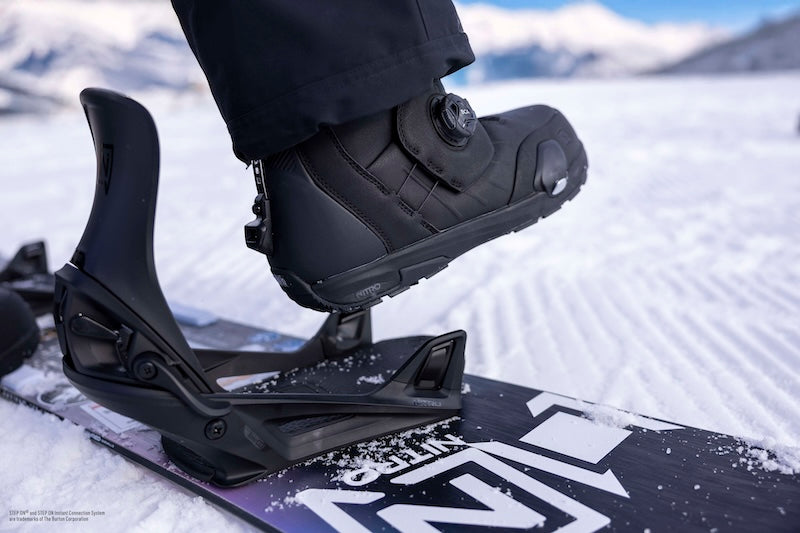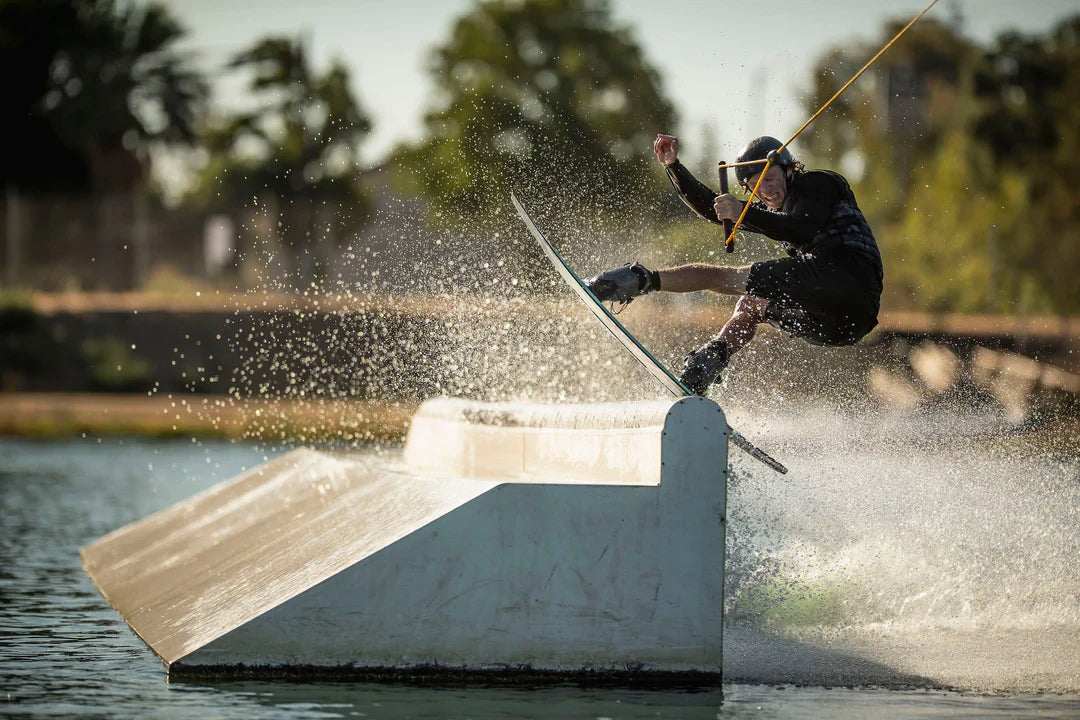Manutenzione della scheda
Tutto quello che devi sapere, dalla pulizia, all'edging, alla sciolinatura. Prepara la tua tavola per la tua vacanza, sia portandola da S2AS per farla revisionare, sia ritirando il tuo kit e seguendo questi passaggi.
Di cosa ho bisogno?
Clicca sulle voci in viola per i link ai prodotti
- Detergente di base
- Accordatore di bordo
- Cacciavite
- Cera per snowboard
- Manutenzione del ferro
- Raschietto
- Spazzola per lucidatura
- Candele P-Tex (se sono necessarie riparazioni) Chiamaci allo 01202 738448
- Accendino (gli accendini jet sono i migliori) Disponibile ovunque
- Paglietta, J-Cloths disponibili ovunque
Vendiamo tutto il kit necessario nel link sopra. Puoi anche acquistare i kit di messa a punto di Butta e Dakine dal nostro sito web: https://goo.gl/DBSE7M o https://goo.gl/d37s7q
Toglietevi gli attacchi!
Togliete sempre gli attacchi prima di un servizio. Questo non solo rende più facile il posizionamento su una panca, ma impedisce anche che la base si svuoti mentre riscaldate il polietilene e le viti nella tavola tirano su il materiale.
Pulizia della base e dei bordi
Prima di fare qualsiasi cosa alla tua tavola, vuoi che sia preparata per un servizio, il che significa che la vuoi il più pulita possibile. Perché puliamo la base e i bordi? Non importa quanto una base sembri asciutta, avrà sempre un po' di vecchia cera residua e sporcizia. Inoltre, se hai delle riparazioni da fare, il nuovo materiale che sciogli nella scanalatura non si fisserà nel polietilene a meno che la superficie non sia pulita.
Consiglio qualsiasi liquido detergente per snowboard, puoi trovarlo a un prezzo abbastanza basso in una bottiglia spray, spruzzalo e applica un po' di olio di gomito. Tutti questi liquidi dovrebbero essere solventi per cera, il che significa che scioglieranno la cera per rimuoverla dalla base.
''E se non lo pulisco prima?''
La nuova cera non sarà in grado di saturare i pori della base P-Tex, la vecchia cera sarà ancora d'intralcio. Ciò rallenterà la tavola. Inoltre, il nuovo materiale P-Tex utilizzato per riparare le scanalature non aderirà correttamente, facendole saltare fuori quando vengono piegate.
Se hai un sacco di cera o hai una cera di bassa qualità (o anche dei ritagli di cera) che vuoi usare, puoi fare quello che chiamiamo un "raschiamento di cera a caldo", in cui fai gocciolare la cera sulla tavola, la lavori con il ferro, quindi la raschi via a caldo prima che si fissi nei pori. Questo serve per rimuovere lo sporco residuo. La cera dovrebbe raschiare via ed essere sporca.
bordatura
Effettuiamo l'edilizzazione delle nostre tavole per utenti abituali, il che significa che le effettuiamo a un angolo standard di 90-89 gradi. I nostri sintonizzatori per le lamine di Dakine sono impostati a 90 gradi e fissi. Sappiamo che gli sciatori agonisti e gli slalomisti vorranno un angolo che potrebbe arrivare anche a 87 gradi, ma per questa guida ci limiteremo a 90.
Per prima cosa, vuoi rimuovere eventuali sbavature (materiale del bordo rialzato) dalla tua tavola per assicurarti che il bordo sia liscio e veloce. Puoi farlo con una pietra gommosa, che è uno strumento abrasivo molto fine usato per rimuovere piccole parti estruse di metallo. Puoi anche usare una lima se sei delicato.
Ora devi preparare il tuo utensile per bordare. Se è regolabile, impostalo a 89 o 90 gradi, blocca il pezzo di lima in posizione e sei pronto per partire. Se non è regolabile, sarà già impostato a 90 gradi. Fai semplicemente scorrere il pezzo di lima e sei pronto per partire.
Quando sei pronto, premi l'utensile per bordatura sul bordo della tavola (con la base della tavola rivolta verso l'alto) e fai scorrere l'utensile lungo il bordo della tavola con una pressione moderata nella direzione indicata sulla lima. Dovrebbe esserci una freccia che indica la direzione in cui deve essere utilizzato l'utensile.
Dopo aver affilato il bordo, dovresti riuscire a raschiare l'unghia sul bordo e un po' di unghia dovrebbe rimanere sul bordo. Sentirai che si sta raschiando.
Infine, i quattro punti di contatto (bordo curvo prima di punta e coda) devono essere leggermente detuned. Queste parti della tavola sono usate per iniziare le curve, quindi devono essere leggermente meno affilate del bordo camberato. Non vuoi che i bordi si impiglino su punti di contatto troppo affilati.
Riparazioni
Questo è il momento di fare delle riparazioni. Qualsiasi scalfittura grande e profonda può essere riparata con P-Tex, tuttavia i graffi superficiali possono essere lasciati stare poiché non influenzano il nucleo della tavola. Potresti sentire alcuni boarder riferirsi a uno scalfittura abbastanza profonda da colpire il legno come "colpo di nucleo". Questi devono essere riparati immediatamente prima di utilizzare di nuovo la tavola. Gli scalfitture del nucleo espongono il legno all'umidità che rovinerà il nucleo, rendendolo più suscettibile a rotture o problemi di flessione/pop.
Le riparazioni con P-Tex sono molto semplici. Prendi l'accendino (gli accendini jet funzionano meglio) e scalda il bastoncino di P-Tex finché non rimane acceso con il suo stesso calore (dovrebbe formarsi una fiamma blu opaca all'estremità del bastoncino, non gialla!). Quando la candela è accesa, il P-Tex gocciolerà dall'estremità, semplicemente indirizza queste gocce nella tua scanalatura e continua a riempire. Riempi finché non hai una superficie leggermente rialzata sulla tavola.
Lascia raffreddare il P-Tex per almeno mezz'ora. Infine, prendi un raschietto di metallo e rimuovi l'eccesso di P-Tex per creare una superficie quasi perfettamente piana. Raschiala fino a renderla liscia.
Sciogliere la cera sulla tavola
Una volta che sei sicuro che la tavola è pulita, che i residui di cera sono stati rimossi e che i bordi sono affilati, è il momento di dare un po' di cera alla base.
Basta riscaldare il ferro a una temperatura media e applicare il blocco di cera sul ferro tenendolo sopra la tavola. Se il ferro è abbastanza caldo, la cera dovrebbe sciogliersi a contatto con il ferro e gocciolare direttamente sulla base della tavola. Fai gocciolare abbastanza cera da ricoprire la tavola. Man mano che fai pratica con la manutenzione, imparerai quanta cera è necessaria per ottenere una copertura completa della tavola e sprecherai meno. Non farne gocciolare troppa, puoi sempre aggiungerne un po' se necessario. Raschiare una tavola troppo cerata è una lezione di forza del braccio di cui non abbiamo bisogno.
Sciogliere la cera nella tua tavola
Una volta che hai abbastanza gocce sulla tavola e ti senti a tuo agio, puoi distribuirle su tutta la base, alzare un po' il ferro e iniziare a lavorare la cera. Non c'è un metodo specifico per farlo, basta stirare in qualsiasi direzione necessaria per garantire che la tavola sia completamente ricoperta di cera fusa. Per risparmiare tempo puoi saltare la punta e la coda se non stai imburrando o premendo molto, ma la cera normale aumenta la durata e mantiene vividi i colori della base.
Intervallo di tempo
Una volta terminata la ceratura, lascia riposare la tavola per altri 30 minuti circa, finché la cera non avrà avuto il tempo di raffreddarsi. Ci sono molte vecchie storie su quanto tempo dovresti lasciare raffreddare la cera, ma finché è completamente fredda al tatto quando stai per raschiare, è bello procedere.
Raschiatura e lucidatura
Quando sei sicuro che la cera si sia raffreddata a sufficienza, puoi usare il raschietto per rimuovere la cera in eccesso dalla soletta.
Posiziona il raschietto sulla tavola a un angolo di 45 gradi e tira la cera in eccesso verso di te. Quando ti senti a tuo agio con questa azione e riesci a tirare la cera dalla superficie senza affondare il raschietto nella tavola, puoi praticamente raschiare in qualsiasi direzione senza danneggiare la base, purché tu faccia attenzione. Se hai difficoltà a raschiare la cera, assicurati che il raschietto sia ancora affilato, altrimenti usa la lima per rimetterlo e rimetterlo in posizione.
Dopo aver rimosso tutta la cera, prendi la spazzola e strofina bene la tavola. Quando sei soddisfatto e non c'è più cera in eccesso, finisci spingendo la spazzola lungo la tavola a un angolo di 45 gradi da un lato, poi di nuovo nella direzione opposta, creando un motivo a incrocio che i corridori usano per aumentare la velocità. L'ultimo passaggio è facoltativo.










